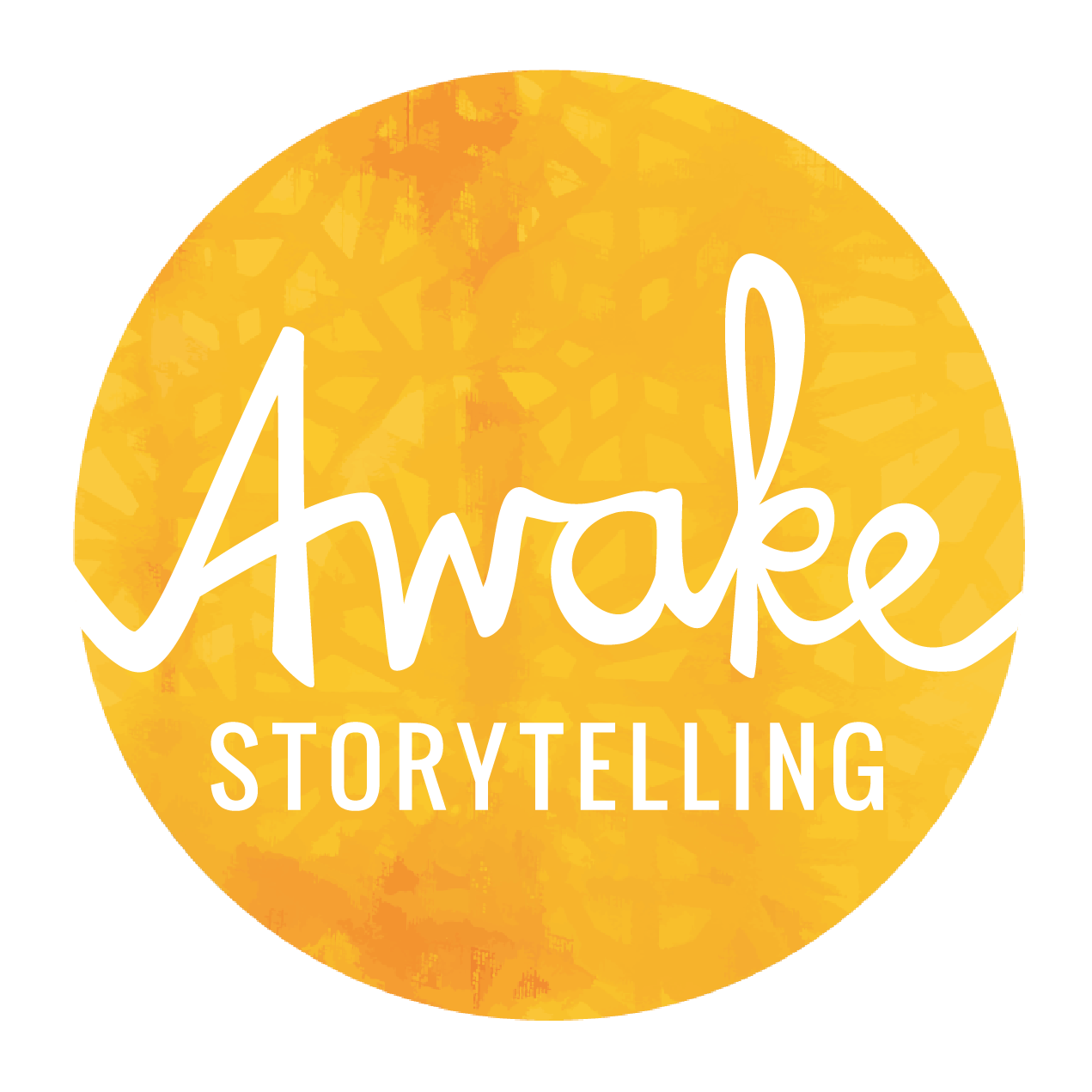Storytelling is one of the most powerful tools nonprofit marketing managers have to drive change. When used intentionally, stories don’t just raise awareness or funds—they mobilize people, shift narratives, and help build movements for justice. But too often, storytelling in the nonprofit sector is limited by traditional fundraising approaches that focus on donor-centric narratives instead of collective liberation.
Here are five ways you can harness the power of storytelling to go beyond transactional fundraising and actively fuel movement-building.
1. Center the Voices of Impacted Communities
Too often, nonprofit stories frame the organization—or even the donor—as the hero. But real movement-building storytelling centers the people most impacted by injustice as the protagonists of their own stories.
Action Step: Prioritize first-person narratives from the communities you serve. Ensure that your storytelling process is collaborative, ethical, and honors their agency. When possible, compensate people for sharing their experiences, and give them control over how their stories are told.
2. Expose Systemic Injustice—Not Just Individual Success
Many nonprofits focus on feel-good success stories that highlight an individual overcoming adversity. While these stories may be compelling, they often obscure the systemic causes of harm and imply that personal resilience is the solution rather than systemic change.
Action Step: Name the systems of oppression at play—whether it’s capitalism, white supremacy, ableism, or colonialism. Show how these forces create the conditions that necessitate your nonprofit’s work, and position your organization as part of a broader movement working to dismantle them.
3. Use Storytelling to Mobilize Action, Not Just Emotion
Emotionally compelling stories can make people feel deeply, but feelings alone don’t create change. The most effective movement-building stories connect emotion to action—giving people clear ways to participate in collective liberation.
Action Step: End every story with a clear, concrete call to action. Invite your audience to donate, attend an event, advocate for policy change, or engage in mutual aid. Show them how they can be part of the story, not just passive consumers of it.
4. Shift from Scarcity Narratives to Abundance & Solidarity
Many nonprofits unintentionally reinforce a scarcity mindset by telling stories that frame their communities as helpless and desperate. This reinforces harmful power dynamics and the idea that charity is the only solution, rather than collective redistribution of resources and power.
Action Step: Tell stories that emphasize community strength, resilience, and solidarity. Show how movements are growing, how collective care creates change, and how mutual aid and grassroots organizing are already building the world we want to see.
5. Align Storytelling with Movement Goals, Not Just Fundraising
Nonprofits often craft stories to appeal to funders, which can mean avoiding politically charged language or watering down systemic critiques. But movement-building storytelling is about accountability to communities first, not donors.
Action Step: Ensure that your organization’s storytelling aligns with and uplifts broader justice movements. Be unapologetic about your values. If funders or donors are uncomfortable with the truth, ask whether they are truly aligned with the vision of justice your organization stands for.
The Power of Storytelling for Liberation
Storytelling has the power to shift culture, change minds, and mobilize people toward action. As a nonprofit marketing manager, you are in a unique position to use storytelling not just to sustain your organization, but to fuel real, systemic change.
By centering impacted voices, naming systems of oppression, mobilizing action, rejecting scarcity narratives, and aligning with movement goals, you can transform your nonprofit’s storytelling from a fundraising tool into a force for liberation.
Are you ready to tell stories that build movements?
